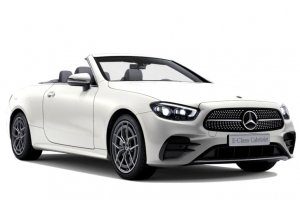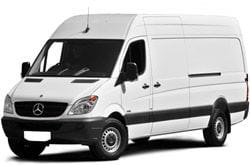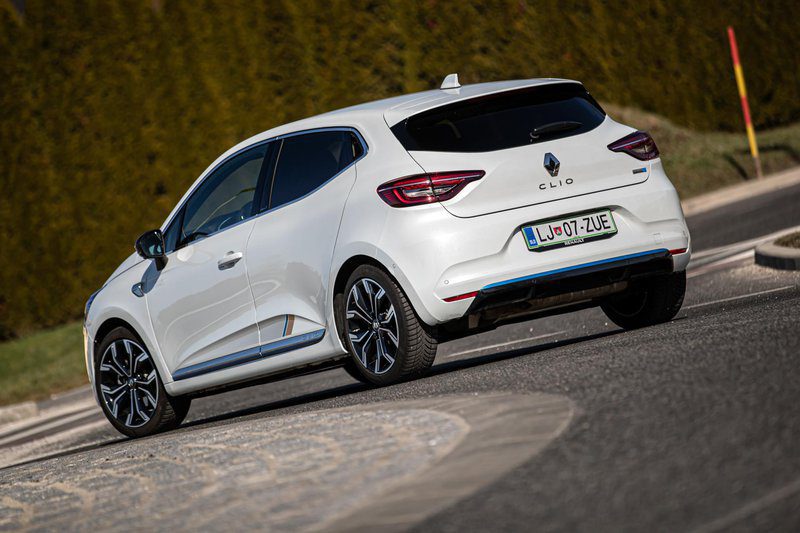
Test Brief: Renault Clio E-Tech 140 Edition (2020) // Clio Like Never Before
Renault started developing its own hybrid technology for cars relatively early, but launched hybrid vehicles relatively late. There is nothing wrong with that, which is especially true for Renault as it has brought many innovations to the automotive world with its proprietary E-Tech technology. Also straight from Formula 1.
The first prototypes of the E-Tech system were presented to the public back in 2010, and even then they indicated that Renault hybrid cars would be very different from others. With its design, E-Tech has brought a completely new approach to hybridization in passenger cars. A total of 150 patents, a third of which are directly related to the transmission, give the impression that this is one of the most complex transmissions.and it's basically a four-speed clutchless transmission to which two electric motors have been added.
The smaller electric motor also serves as a motor starter, replaces the generator, and provides kinetic and braking energy regeneration. In addition to these basic tasks, it is also responsible for adjusting the flywheel speed during operation. The second, larger and more powerful electric motor is designed for autonomous or additional drive of the car.

The peculiarity of this gearbox is that there is no clutch, as it is not required. The car is always started exclusively from the electric motor, with one of the electric motors coordinating the speed of rotation of the shaft in the gearbox with the speed of the main shaft of the engine, which means that the gasoline engine can almost be included in the electric drive. immediately. There is no reverse gear in the transmission as one of the electric motors is used for reverse gear.
The current Clio is built on the modular CMF-B platform, which is already largely adapted for electrification.And so Clio hides its electrified genetics almost completely. The batteries are well placed in the underbody of the car, so they hardly affect the size and shape of the trunk, and there is even a spare wheel in the back. Overall, it seems to me that Renault can rightfully be proud of this platform, since the homologation document states that the Clio E-Tech weighs a relatively affordable 1.367 kg. Compared to the standard petrol Clio, the weight is only a good 100 kilograms more.
Why is it important? Mainly because Renault has proven that, thanks to this platform and technology, it also controls the weight of the car very well, which means that the driving performance is minimal compared to standard models.
It would be an exaggeration to write that these extra good one hundred kilograms of weight are somehow felt during normal and moderately dynamic driving, but the extra weight still has a certain negative effect. I mean, in particular, the maximum allowable payload, which for a hybrid Clio is a relatively modest 390 kilograms. (about 70 pounds less than standard models). Thus, three adults with slightly better behavior and some luggage are already driving at the maximum capacity of the car, but in fact no one is seriously involved in this.
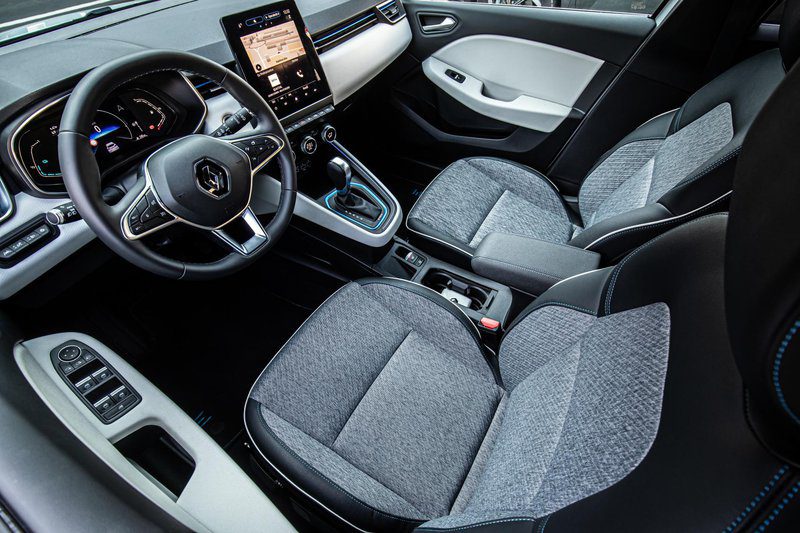
That the Clio is a success story in itself is proven by the fact that it has been with us for a serious 30 years, and at the same time it is one of the best selling models in its class. However, in my opinion, the fifth generation Clio (since 2019) has risen to the top of its class in terms of ergonomics, workmanship and a good overall impression. My point is that the Clio also offers me, who considers myself a bit more of a spoiled motorist, more of a premium feel and feel that I sorely lack from Japanese and Korean competitors.
In fact, there's no doubt what the engineers had in mind when designing the fifth-generation Clio, especially those for whom the essence of a car is a polished exterior and a beautifully designed interior. Among its big advantages, I also include digitalization and connectivity. The central digital meter is transparent, modern and informative (only missed the tachometer), EasyLink's vertical multimedia interface is extremely responsive, transparent and intuitive, besides mastering the Slovenian language with all its features and services, it provides a good user experience.
The test Clio, in my opinion, is very well equipped with some accessories, such as a 9,3-inch multimedia interface, a rear view camera, parking sensors, a proximity key, a powerful audio system. I mean, what more could you ask for in this class?
So the engineers did a good job on the inside and on the body itself, so I would recommend that they also focus on driving performance and driving dynamics in the future. Far from blaming the Clio for any obvious irregularities or flaws, its main competitors are handling, feedback from the wheels to the driver, suspension and front and rear axle coordination at some level ahead of it.
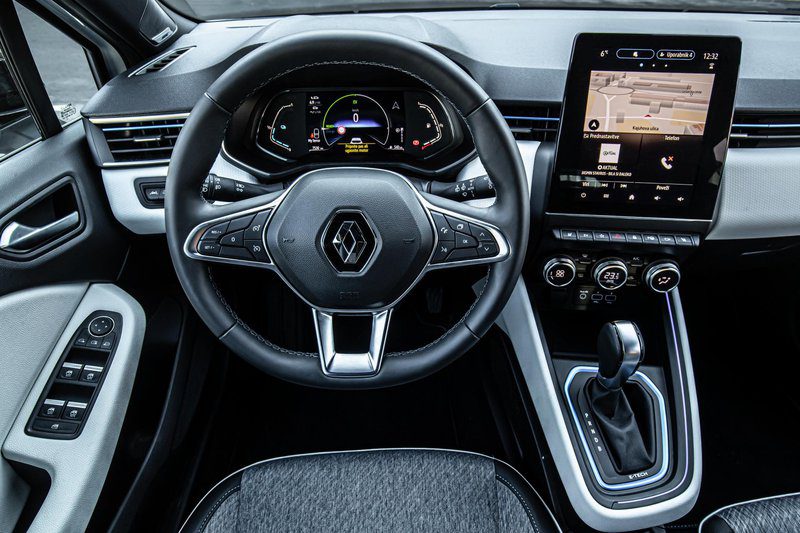
This won't bother those who like to ride comfortably and quietly, and all those who care less about how comfortable the suspension softens the bumps in the road should look forward to the Clio's slightly lazier chassis response and less precise handling at high speeds. This annoys me mainly because it's clear that Renault's sports department does a very good job of all of the above. Some more cooperation, please. It's a pity that after the Clio has so obviously matured and grown, they haven't made sure that the Clio isn't just a device that drives you around.
And finally - E-Tech on the go. The long-awaited and predictable technology promises a lot, at least on paper. The four-speed automatic and two electric motors together offer up to 15 different gear ratios.so the shine and responsiveness of this car really shouldn't be an issue. Every time the Clio makes an almost inaudible noise from outside the city and can reach speeds of about 80 kilometers per hour with some patience, not turning on the gasoline engine in practice. However, when he is in a rush, he can also maintain a higher speed for a while using the electric motors.
With electricity, you can travel several kilometers on a steady foot. The gasoline engine comes to the rescue every time the thrust to the dynamics becomes a little more, and all the switching on and off are completely invisible. In any case, the synchronicity of the petrol and both electric motors should be commended. In fact, the automatic transmission also plays a big role in this, which has nothing to complain about in a quiet driving mode and in the city. On the contrary, his (four) degree of malnutrition while driving is more than obvious, as the driver is informed that a lot of work is constantly going on to ensure optimal grip between the electric motors and the transmission.
Thus, the efficiency of the transmission is especially pronounced when there is no rush and in the city. At that time, the ratio of kilometers traveled on gasoline or electricity changed markedly in favor of electricity. Renault promises that only with electricity, thanks to good regeneration and recharging of the batteries, you will be able to drive around the city up to 80 percent, but I myself, according to tests in the city, achieved a ratio of about 40:60 in favor. fuel. Meanwhile, the city's fuel consumption figure showed an average consumption of about 5,2 liters.... On the way to Milan and back at a speed of 120 kilometers per hour, the Clio consumed 52 liters of fuel, or 5,5 liters per 100 kilometers.
The hybrid Clio, with a system output of 103 kilowatts, is a very lively car. Of course, this is true until the electric breathing ends, which happens relatively quickly, especially on the highway. At that point, the new Clio, with an eight-valve, four-cylinder petrol engine and no turbocharger, paired with a four-speed automatic (in terms of performance), was the car of the mid-XNUMXs. In any case, if the driver wants to be fast on the highway, he must well anticipate and know the intervals for charging and discharging the battery. With a fully charged battery, the Clio quickly accelerates to a speed of 180 kilometers per hour, and with a discharged battery, it is difficult for him to maintain a speed of 150 kilometers per hour.
Highway riders shouldn't expect low fuel consumption either, on the contrary, those traveling at speeds of 130 kilometers per hour or less will only use slightly more fuel than a lighter. Exactly 130 kilometers per hour is the speed limit up to which the charging system can easily maintain proper battery charge and thus allow the use of electric motors and reduce consumption.
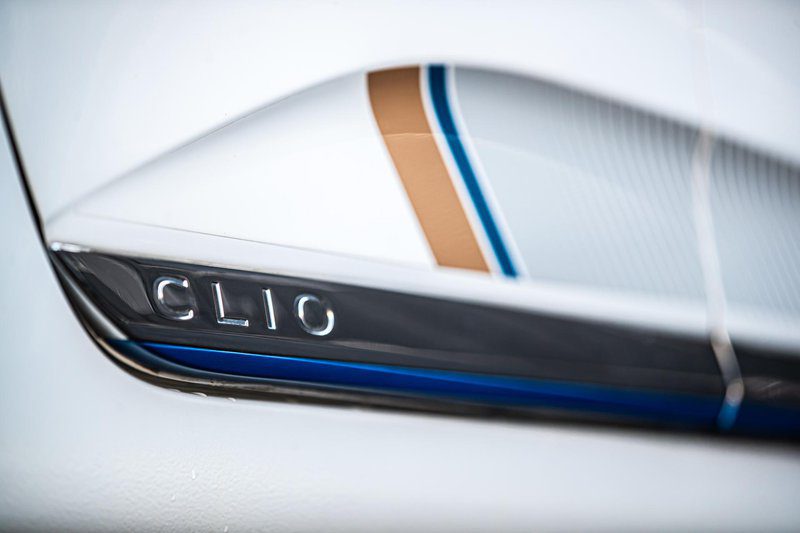
I am not saying that a Clio hybrid would not fit a more modern and powerful gasoline engine, but below the line, forced refueling, variable valve timing, additional camshafts and the like bring this unnecessary price difference, which of course affects the model's competitiveness in the market. ... Therefore, given that the meaning of hybrid drive is hidden everywhere except for performance and speed, I admit to Renault that the powertrain configuration of its hybrids is actually excellent and suits the target group of customers.
According to what I have written, I conclude that the Clio E-Tech Hybrid is actually a very niche vehicle. It will be chosen mainly by those who are attracted to the world of electric vehicles, but their confidence in the infrastructure and promises of manufacturers is not limitless. Those who value rationality are more likely to keep buying diesels (or as long as they can) because of their price. However, those who are saving the planet are already buying Zoya.
Renault Clio E-Tech 140 Edition (2020)
Basic data
| Sales: | Renault Nissan Slovenia Ltd. |
|---|---|
| Test model cost: | 23.490 € |
| Base model price with discounts: | 21.650 € |
| Test model price discount: | 21.490 € |
| Power: | 103kW (140 KM) |
| Acceleration (0-100 km / h): | 9,9 with |
| Maximum speed: | 186 km / h |
| Mixed flow ECE: | 4,3l / 100km |
Costs (per year)
Technical information
| engine: | Engine: 4-cylinder, 4-stroke, in-line, petrol, displacement 1.598 cm3, maximum power 67 kW (91 hp), maximum torque 144 Nm at 3.200 rpm. Electric motor: maximum power 36 kW (49 hp), - maximum torque 205 Nm. System: 103 kW (140 hp) maximum power, maximum torque e.g. |
|---|---|
| Battery: | Li-ion, 1,2 kWh |
| Energy transfer: | the engine drives the front wheels - transmission variator. |
| Capacity: | top speed 186 km/h - 0–100 km/h acceleration 9,9 s - average combined fuel consumption (WLTP) 4,3 l/100 km, CO2 emissions 98 g/km. |
| Mass: | empty vehicle 1.336 kg - permissible gross weight 1.758 kg. |
| External dimensions: | length 4.050 mm - width 1.798 mm - height 1.440 mm - wheelbase 2.583 mm |
| Box: | 300-1.069 liters |
evaluation
While it seems that Renault's E-Tech has brought even an overabundance of technology into the hybrid world, it is clear today that E-Tech is only really working in its first round. Clio, on the other hand, is a model that, through its maturity and maturity, has convincingly taken care of introducing E-Tech to customers.
We praise and reproach
exterior, exterior, interior
Equipment
multimedia interface, audio system
trailer towing is allowed
unlit transmission lever
small tank
rear view camera and trunk release switch fall into the mud
